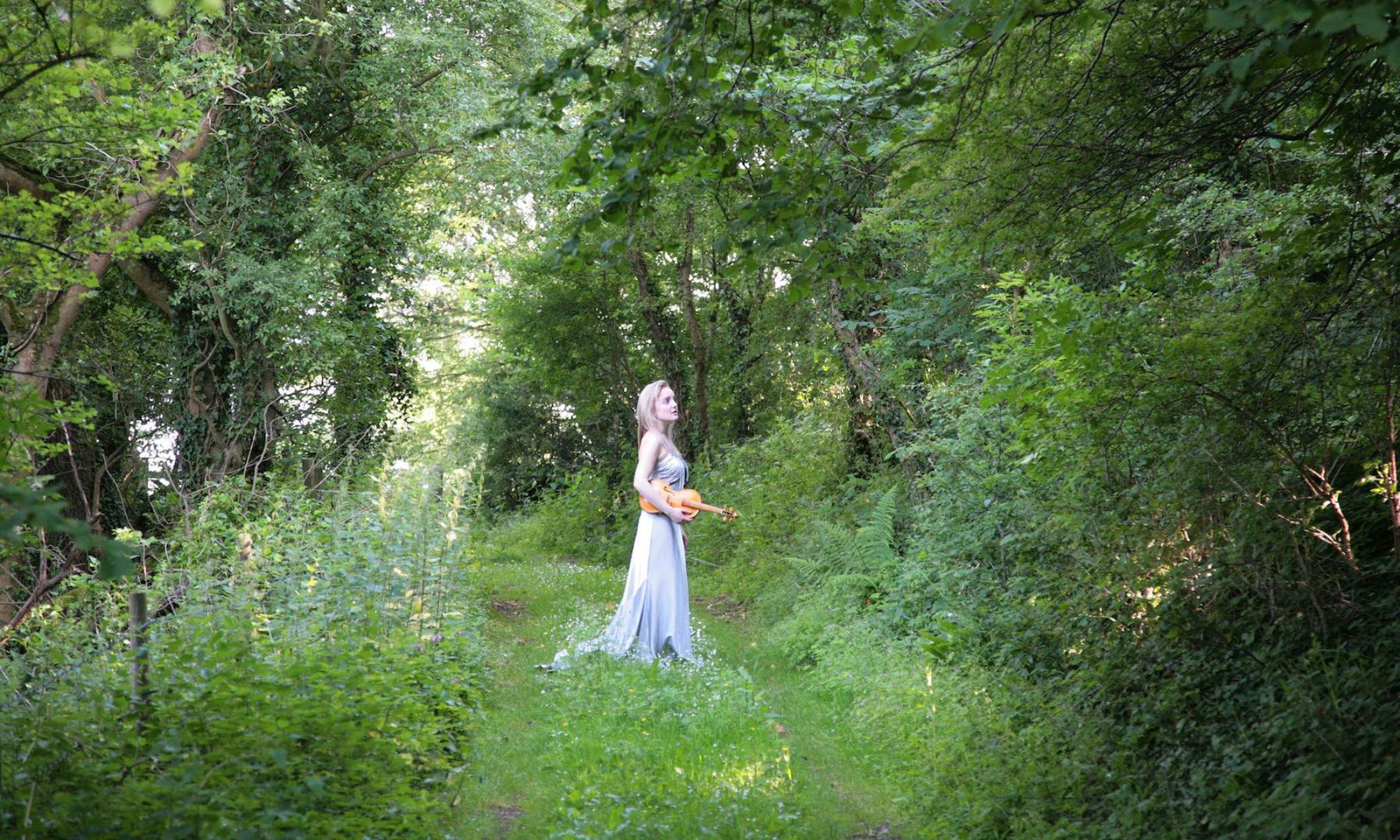The change has been gentle this year.
But now, on the hills, most of the trees have let their leaves go, and you can see their shapes again, the curls of their trunks and branches. It’s a joy, a relief, to enjoy this phase until we get to watch the shoots appear again after some more months have passed.
The big ash tree is covered in its extraordinary ‘keys’, and you can see them better now, rustling.
This is one of my favourite times of year. Gentle and soft. It’s like a particularly lovely Instagram filter, in opposition to midsummer when the light is more direct. Even the gradual loss of the roses is repaid by the magic of light coming horizontally through trees, and messes of dry undergrowth, and berries. Soft dark haze in the embrace of the trees, endless textures of bark newly visible. Webs covering the leaves that remain, frosty misty mornings leading to midday with sharp sunlight reflecting off puddles, and quickly again a gentle enfolding into twilight, all the colours suggestive: blues, greys, browns and greens. All ending with an ‘-ish’; nothing obvious.
Any time I notice change – be it the surprising number of naked trees, or the final falling of a rose – I resolve not to sleepwalk any more, and to witness all these things as long as I’m alive.
